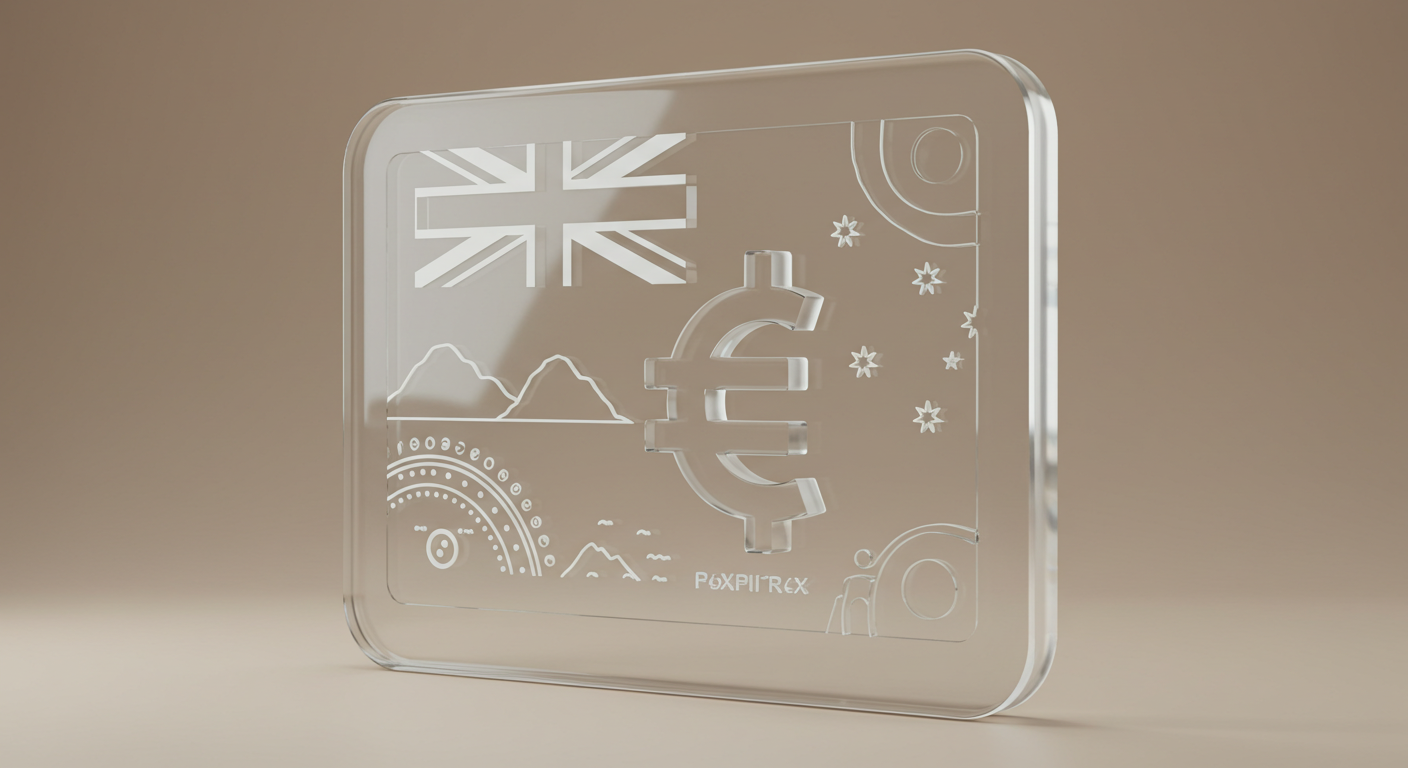
China’s Consumer Price Index (CPI) for May 2025 records a year-on-year change of -0.1%, slightly improving from the expected -0.2%. This mirrors the previous year’s rate of -0.1%. The month-over-month change in CPI is -0.2%, in line with forecasts.
The Producer Price Index (PPI) shows a year-on-year decline of -3.3%, marginally more than the expected -3.2%. These figures indicate a prolonged period of deflation.
Inflation Patterns In China
These CPI and PPI figures tell us quite a bit. Consumer prices in China have now been flat or negative for well over a year. The marginal improvement to -0.1% from a forecasted -0.2% suggests there’s not yet a clear push back toward inflation. On a monthly basis, consumer prices are still ticking lower. That implies subdued demand and persistent economic softness, even with earlier policy tweaks from Beijing aimed at stimulating consumption.
Producer prices, meanwhile, continue their descent. A negative 3.3% drop over the past year, slightly steeper than anticipated, means factory-gate prices are still falling — likely as a result of slack global demand, excess capacity, and possibly weaker input costs. For producers, this can lead to narrower margins and restrained upstream activity.
With price pressures continuing to ease, Beijing’s policymakers are likely seeing little risk from inflation right now. That could keep the door open to further easing, though we’d expect any new steps to be measured. Lower input costs give local manufacturers room to quote competitively abroad, but only if demand elsewhere picks up.
Impact On Global Markets
What it means for markets, particularly derivatives? We should pay close attention to how this deflationary pattern plays into rate expectations. The People’s Bank of China might be in a holding pattern, but any subtle hints of lower rates could ignite movement in rates and FX futures. As for commodities, particularly base metals and energy, eroding producer prices can signal softer domestic activity, muting demand assumptions. It may delay the buying interest many had pencilled in for the second half of the year.
Quant desks will likely recalibrate models, especially those tied to volatility spreads in Asian equities. The steady run of weak PPI doesn’t give global players much reason to price in upside volatility. There’s little urgency to hedge for breakout inflation, and that changes the curve.
If we zoom out, deflation in a large economy like this one tends to spill beyond its borders — through trade, pricing power, and sentiment. Asset prices aren’t just reacting to the print itself, but to what it implies for goods flows, earnings guidance from multinationals, and central bank tones across the region.
We’re watching for any shift in language from rate-setters, particularly surrounding inflation expectations and credit flows. Should deflation deepen, or spread into broader categories like services or wages, it might push them toward heavier monetary responses. But markets don’t usually wait. They move on anticipation, and the next few weeks will see traders recalibrating, not only on these data points but how they connect to bond yields, export trends, and equity sentiment.
We’ll be keeping an eye on cross-asset correlations as well. If these price prints begin to pull equities and fixed income into tighter ranges, some short-term vol could compress further, particularly on the options side. That has implications for those managing gamma risk or running neutral strategies tied to Asian indices or currency crosses sensitive to East Asian trade.







